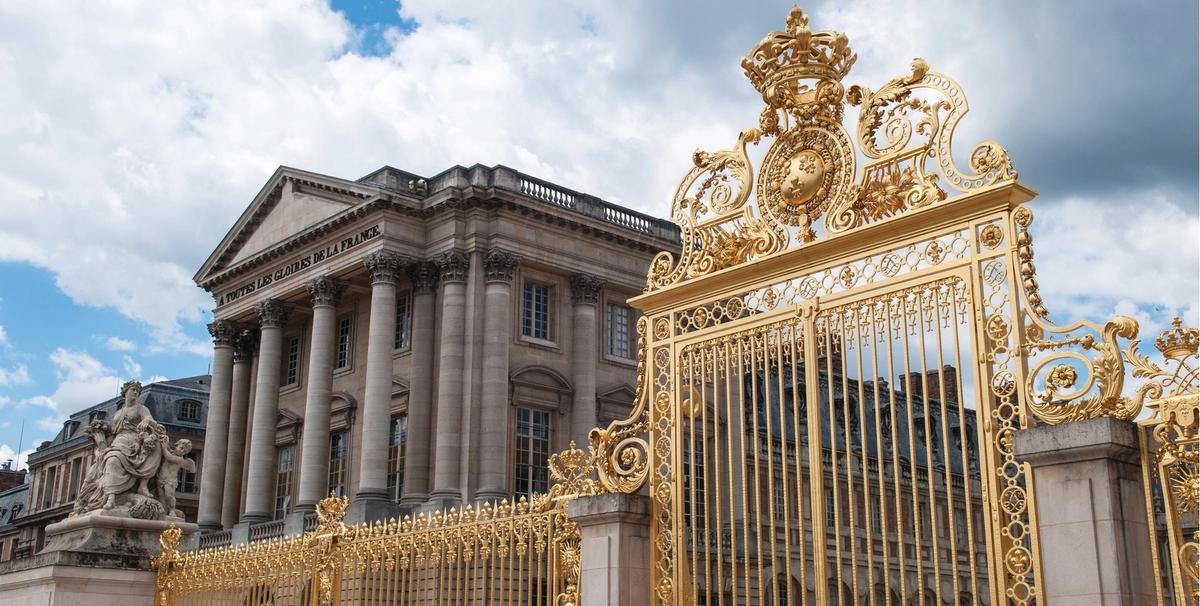France’s ministry of culture has tightened the acquisitions process at French museums after the recent fake furniture scandal at the palace of Versailles. New measures will “better protect national institutions” against forgeries, the ministry announced at the end of March. Revelations over fake 18th-century pieces bought by the palace for €2.7m between 2008 and 2012 rocked the French museum world and antiques trade last year.
The reform includes a new handbook for museum curators, directors and internal acquisitions committees. It also establishes a hub of research and conservation centres which will offer advice and carry out scientific analysis to authenticate objects before they enter national collections.
The ministry has also reorganised the artistic council of national museums, which must approve acquisitions above a certain price. Acquisitions at the Centre Pompidou will now come within the scope of the council.
The palace of Versailles has already introduced measures to bolster its acquisitions procedures with “the highest number of expert opinions and technical studies”, a museum spokeswoman says. But the government’s reform alone cannot fight the forgers. “Methodological efforts” must be accompanied by a “large-scale attack on sophisticated [criminal] networks at the heart of the art market”, she adds.


